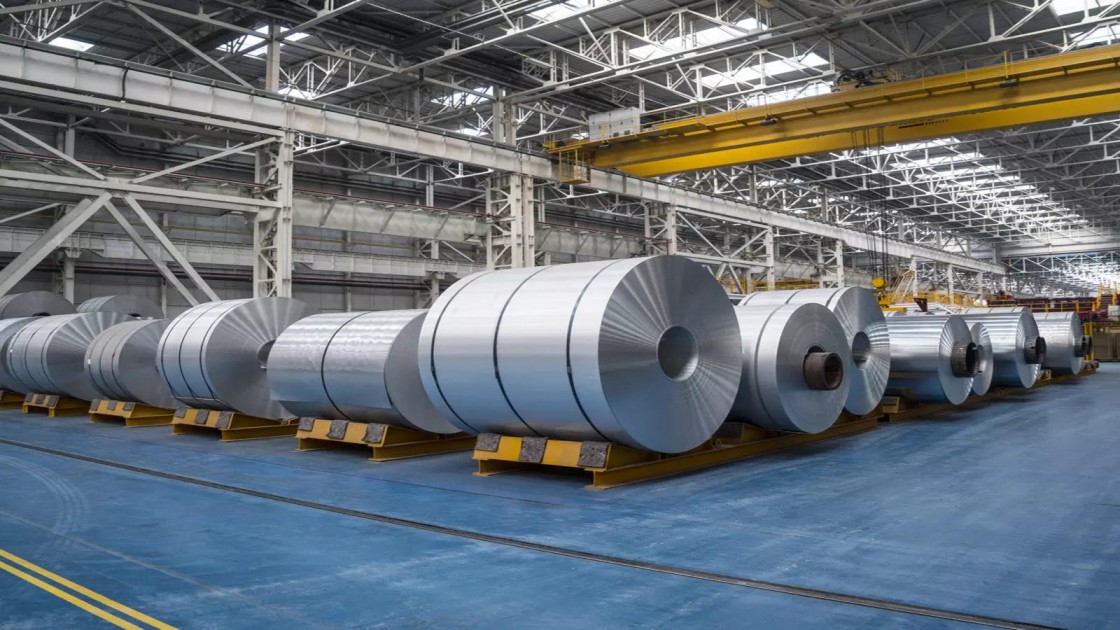India–US Trade Tensions Rise Over Steel and Auto Tariffs NMDC Limited reports a 38% drop in Q4 FY24 consolidated net profit RINL to Raise $23 Million Through Land Sales Amid Crisis

According to a research by the Council on Energy, Environment, and Water (CEEW), India's aluminum sector needs to invest an extra ₹2.2 lakh crore (about $29 billion) in capital expenditure (CAPEX) to achieve net-zero carbon emissions. The research shows that 49% of the industry's emissions might be reduced by renewable energy (RE), however full reliance on RE is difficult because of its intermittent nature.
The aluminium industry, which serves as a crucial component of India's power sector and economy, emitted 77 million tonnes of CO2 in 2019-20, with 80% of these emissions coming from electricity consumption. The research, funded by 'bp', shows that a net-zero aluminium industry would be 61% more expensive and incur an additional ₹26,049 crore in annual operating expenditure (OPEX).
CEEW's study presents a marginal abatement cost (MAC) curve, detailing technologies that can help decarbonise the industry and their associated costs. Hemant Mallya, CEEW Fellow, emphasised the need for capital investment and scaling up from various sectors to meet India's climate goals. "Aluminium and fertiliser industries require substantial government support to develop necessary infrastructure, including power grids and pipelines," he said.
The study also identifies that energy efficiency measures in alumina refining, aluminium smelting, and waste heat recovery can abate emissions by 8% without increasing costs. Further decarbonisation measures, including RE and carbon capture, have a positive MAC, indicating net costs for facilities deploying these solutions.
Deepak Yadav, Programme Lead, CEEW, stressed the importance of incentivising renewable energy, particularly in eastern states with less wind power potential. He also called for developing an R&D ecosystem to generate data on decarbonisation measures and favourable policies to establish a carbon capture, utilisation, and storage (CCUS) ecosystem.
The study also addresses decarbonisation challenges for India's fertiliser industry, which accounts for approximately 25 million tonnes of CO2 annually due to energy-intensive processes and fossil fuel use. The transition to RE power would reduce emissions by 2%, but switching from grey to green ammonia could reduce emissions by 151%, resulting in net-negative emissions. Additional carbon management options, including CCS, CCU, and afforestation, are also considered.
Also Read : Russia & China trade new copper disguised as scrap to skirt taxes, sanctions Rare earths prices seen rebounding in second half of 2024